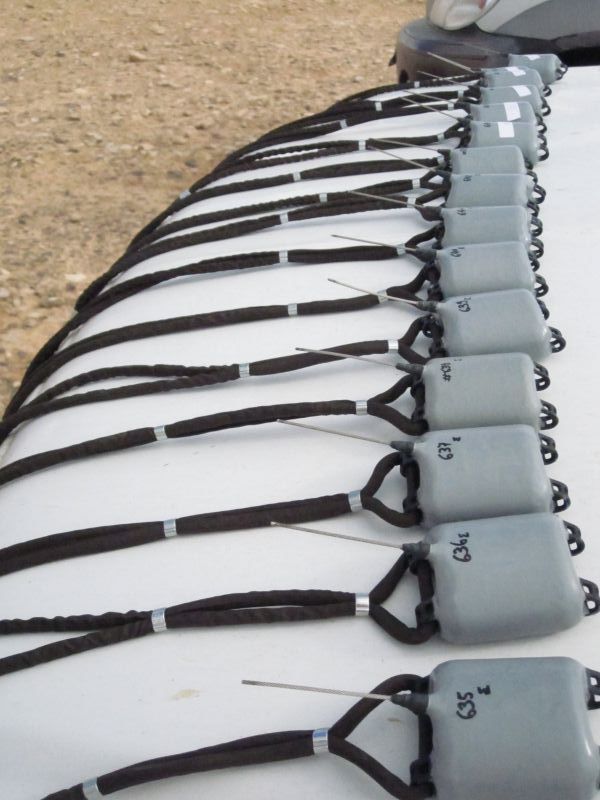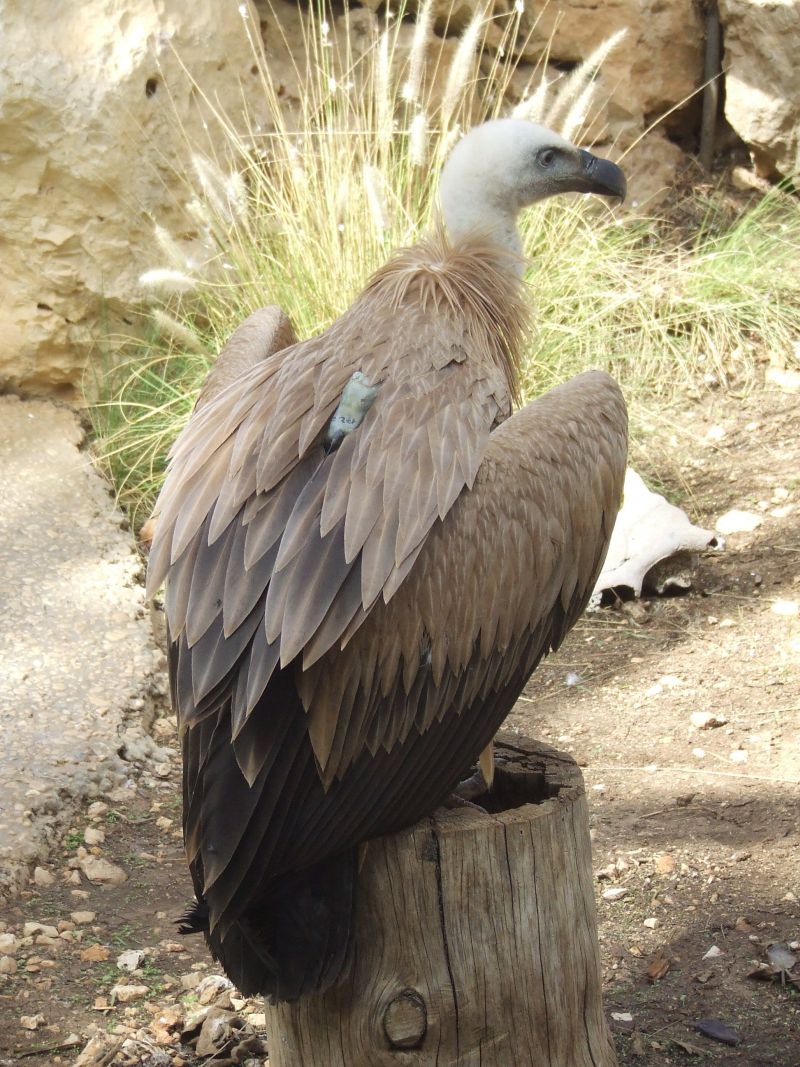The movements of animals, plants and microorganisms have been documented and quantified by naturalists and researchers for a very long time and in various ways.
Altogether, these methods and technologies provide the basic information about movement patterns.
Here we provide a non-exhaustive introduction to some of the main publications on tracking technologies, emphasizing recently emerging techniques.
Bridge, E. S., K. Thorup, M. S. Bowlin, P. B. Chilson, R. H. Diehl, R. W. Fléron, P. Hartl, K. Roland, J. F. Kelly, W. D. Robinson, and M. Wikelski. 2011. Technology on the Move: Recent and Forthcoming Innovations for Tracking Migratory Birds. BioScience 61:689-698.
Abstract: Basic questions about the life histories of migratory birds have confounded scientists for generations, yet we are nearing an era of historic discovery as new tracking technologies make it possible to determine the timing and routes of an increasing number of bird migrations. Tracking small flying animals as they travel over continental-scale distances is a difficult logistical and engineering challenge. Although no tracking system works well with all species, improvements to traditional technologies, such as satellite tracking, along with innovations related to global positioning systems, cellular networks, solar geolocation, radar, and information technology are improving our understanding of when and where birds go during their annual cycles and informing numerous scientific disciplines, including evolutionary biology, population ecology, and global change. The recent developments described in this article will help us answer many long-standing questions about animal behavior and life histories.



Photographers: Nimrod Ben Avraham, Yoav Bartan, Tamir Cohen
Visit our Resources tab for more information on recent developments and projects related to the Minerva Center












